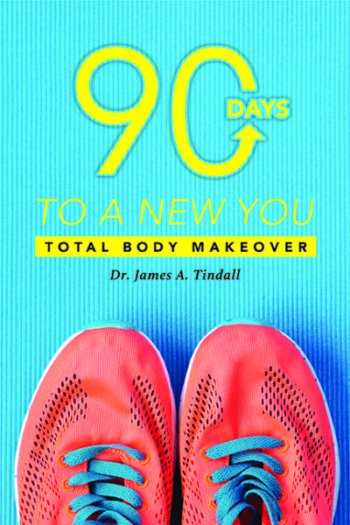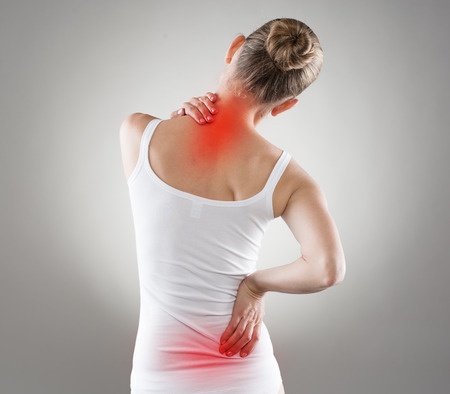With aging comes the risk of osteoporosis. Are you worried? Osteoporosis is an illness in which you lose mineral density in your bones. As your bones lose density, they become weak with a greater potential for breaking. The public generally believes it to be only a risk that affects women; this is far from the truth. It is a disease that affects men as well as women. However, the disease is much more common in females. You’ve often heard that we should drink milk, especially the young. This is because building bone mineral density starts during childhood. It is also the time you begin to develop individual eating habits. By the time you reach the teen years, eating habits will, if you are eating properly, begin to help ensure strong bones for later on in life. However, if you didn’t quite eat the way you should, you can always start to improve.
The first thing you need to do is to get into the habit of consuming plenty of calcium-rich foods to build bone mineral density. Although a 3-year-old needs 500 mg of calcium daily, by the time they reach 9 years old, consumption should be about 1,300 mg. If you are over 50 the ideal consumption of calcium is 1,200 mg. Too often we think of just milk and other dairy products, however, you should also consider green-leafy vegetables such as spinach, kale, and others, broccoli, and soy products. Fortified whole grain breads and cereals are also a good source.
To help boost the beneficial effects of calcium on/for your bones, include a daily dose of vitamin D. Research suggests consuming about 2,000 IU of vitamin D daily (for children over two and for adults). Vitamin D can be found abundantly in sunlight, oily fish, tuna, and egg yolks.
Advertisement: Amazon (click on photo for more info)

Dr’s Tindall and McAlpine did a micro-gravity study for NASA astronauts and illustrated that exercise, especially overloading the muscles, will significantly increase bone density. The loss of bone density is of paramount importance in long-term space travel. That research will directly relate to those of us who are not astronauts. You should exercise to increase bone density; almost any type will help. Walking, jogging, weights, and playing sports as much as you can will help build bone density naturally. Most exercises, done properly, strengthen the bones in the lower part of the body, including hips, legs and lower spine region.
You also can strengthen the bones in the upper body by lifting weights; there are far too many exercises to list here, but almost any upper body chest, back, or arm exercise will help. Resistance training with weights helps build strong bones and upper body muscles. Best of all, you don’t need to be a competitive bodybuilder to get good results. You will discover that a variety of exercises will produce bone-building benefits. Both physical impact and weight exercises stimulate bone formation. The real key is to overload, i.e., to use more resistance than just the body. This will help the bones become stronger and denser.
Some of the best bone-density builders are exercises that put force on the bone. The best is actually speed-strength, cross fit, and bodybuilding type exercises because they all use weight, entail impact force of the body, and can severely overload the muscles. Exercises such as the power clean, clean and jerk, squat, thruster, and others are ideal. Take care that you use good technique in the exercises to avoid injury. Generally, the higher the impact involved, the more it strengthens the bone, just don’t go overboard. Weight lifting, including curls and bench presses, are beneficial exercises, as well as those listed above. Dancing, jogging, and brisk walking are other exercises that are weight-bearing exercises and as such, promote good mechanical stress in the skeletal system. However, other exercises such as aerobic exercises such as biking, rowing and swimming do not normally strengthen the bones.
The best recommendation for women is to begin strength training long before menopause. However, you can gain the benefits at any age, but the benefits take more work if you wait until you’re past 60. Research has illustrated that women as old as 70, who lifted weights twice a week for a year, prevented the expected loss of bone density and that they even increased bone density slightly. A study conducted in nursing homes of people who are in their 80s and 90s that worked out with weight machines three times a week for eight weeks showed improvements in strength and balance, as well as walking speed.
Although aerobic exercises do not increase bone density or strength, they should not be left out because they will help improve your cardiovascular system and also allow you to work out harder with resistance exercises. About 30 minutes of weight training, two to three times per week, can provide you with the bone density you need to prevent osteoporosis. Try some of our programs because they will work all your different muscle groups.
Related issues to osteoporosis include somatopause and sarcopenia that are listed elsewhere on the website. Also, as you age, strength training becomes more important to unbalance age-related decreases in muscle and bone mass that can lead to frailty. Start today to keep your bones healthy.







